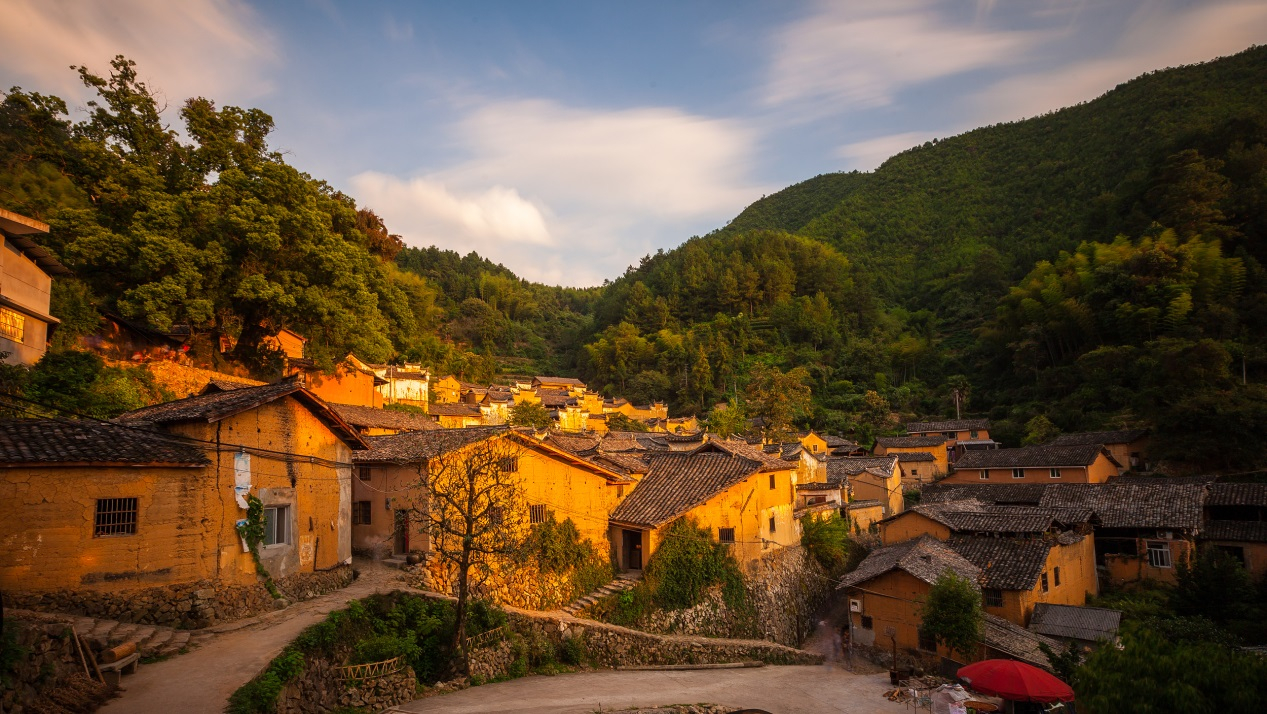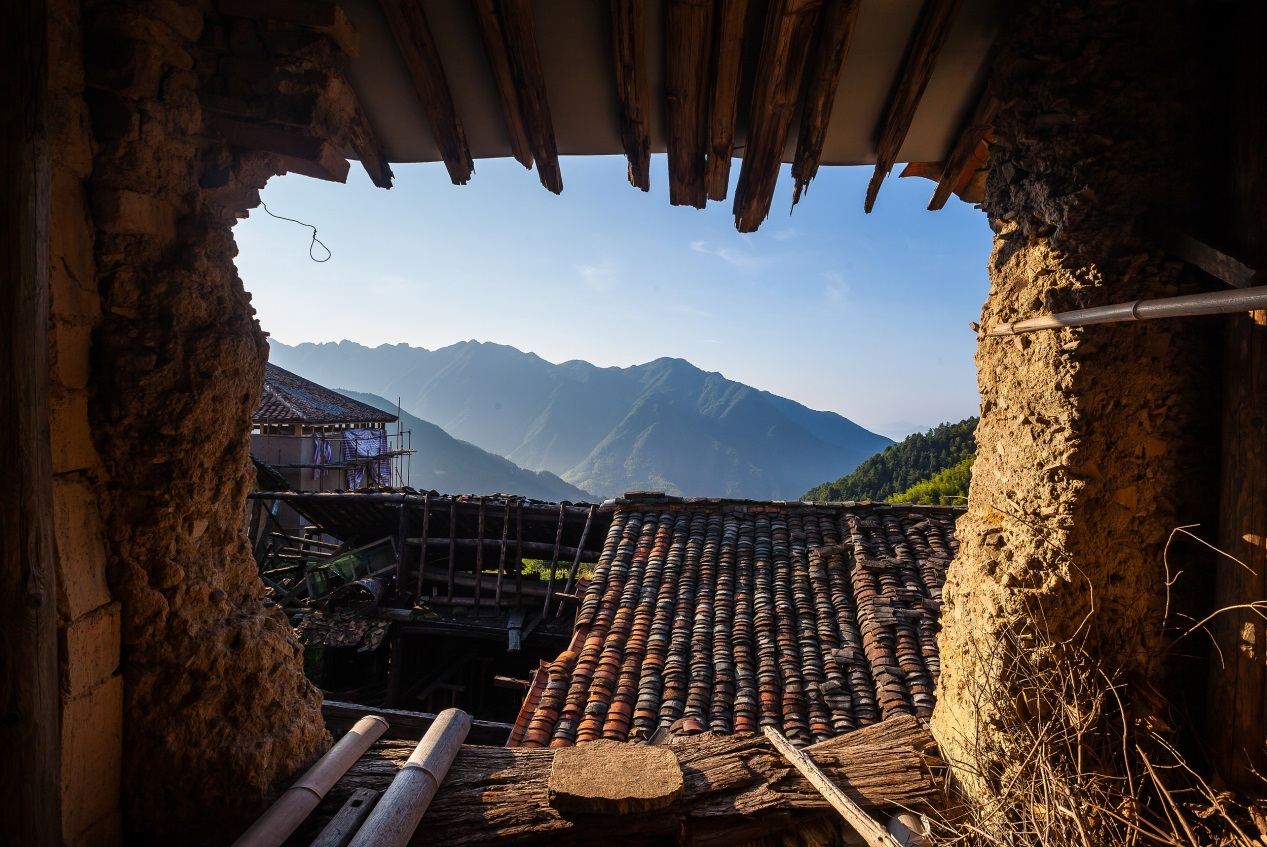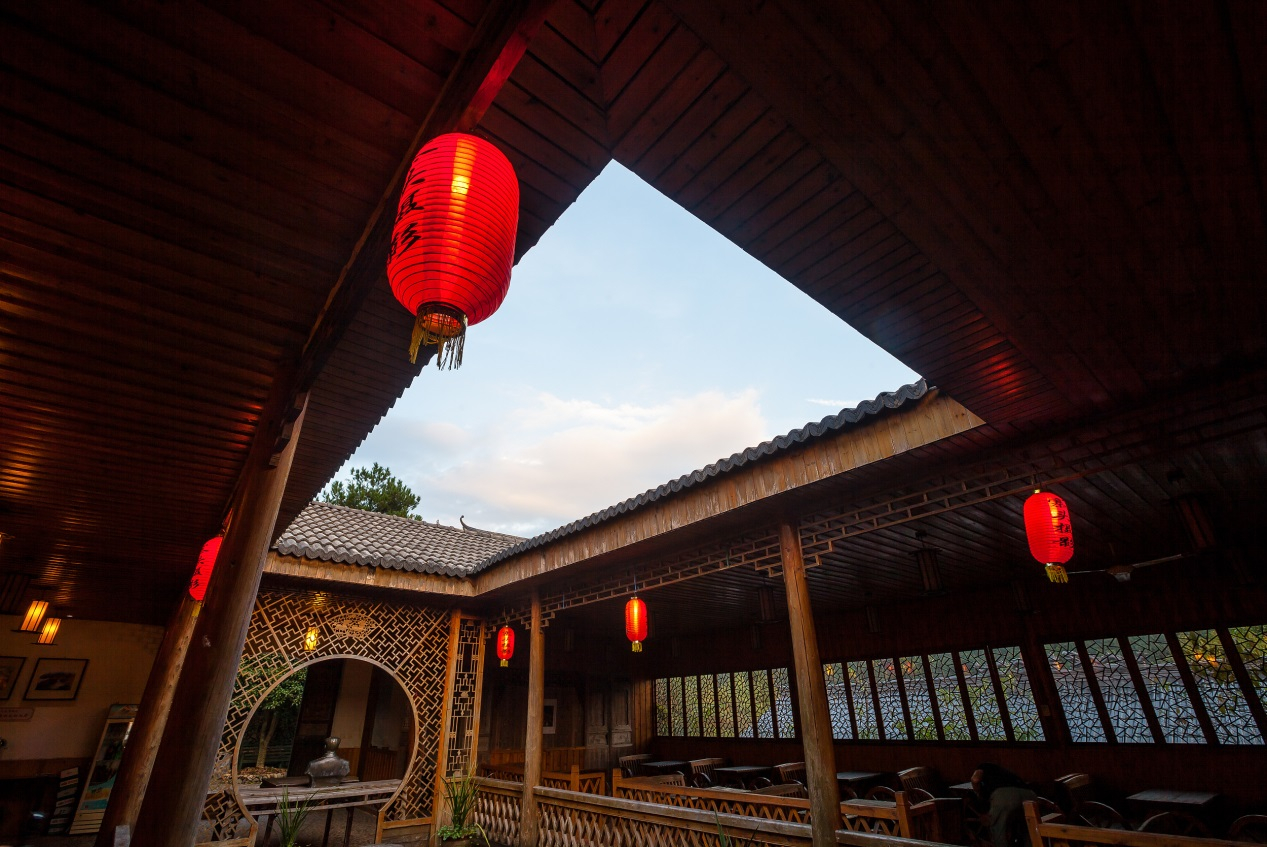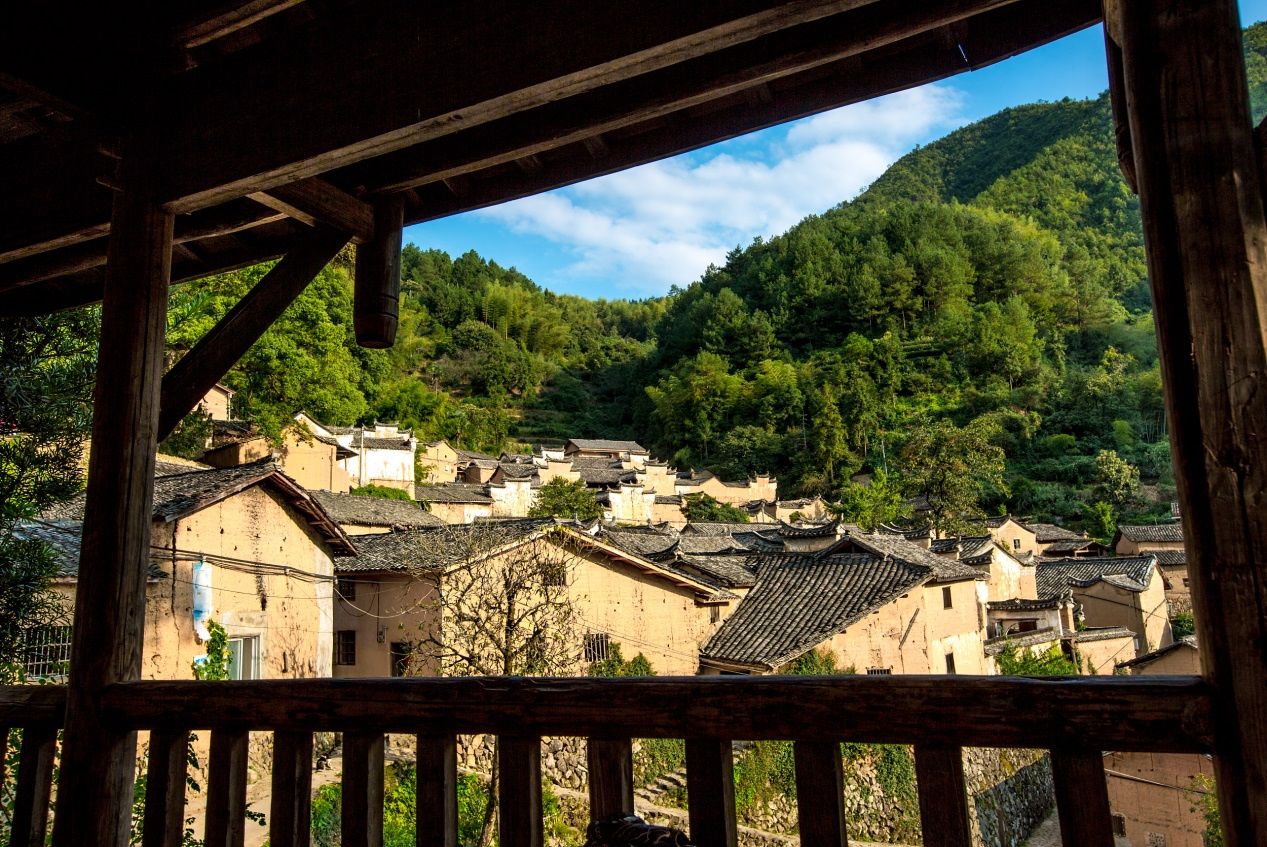
Lifestyle
17:38, 06-Aug-2018
Rural revitalization: How modern architecture transformed a traditional Chinese village
Updated
16:58, 09-Aug-2018
By Luo Chen and Yang Ran
02:39

During the Venice Architecture Biennale in May, China showcased how architecture and marketing could be the answer to rural revitalization. Themed "Building a Future Countryside," the pavilion shared how villages in a mountainous region in east China's Zhejiang Province managed to turn its fortunes around.
Four years ago, Pingtian became a dilapidated village due to urbanization. Most young people migrated to cities, leaving many elderly people behind. Eventually, dozens of homes were deserted and its beautiful landscape neglected.
Pingtian Village is one of 70 traditional villages in Songyang County. Located 20 kilometers away from the county center, the village is tucked away in mountainous areas, and difficult to access.

VCG Photo
VCG Photo
In order to retain villagers and attract visitors, the government worked with architect Xu Tiantian to develop the county. He gave clay residential houses a modern twist while preserving their original appearances. Xu adopted local building materials and integrated the landscape and residents' needs with the architectural design.
Today, some of the clay residential houses have been refurbished for hospitality uses. "Yun Shang Pingtian," or "Pingtian on the Cloud," is one of the most popular bed and breakfasts in the village. One of its founders is Ye Dabao, who returned to her hometown Songyang for a promising future.

VCG Photo
VCG Photo
"The architects restored the old houses and modernized their functions. And I was thinking about how to make the houses more dynamic," said Ye Dabao.
With the support of the government, Ye introduced visitors to some of the region's intangible heritage. They are able to experience how local herbal tea is made, and a special dyeing technique using black tea.
"Visitors really enjoy these experiences. It's an important part of their journey, not only to appreciate the scenery but also to learn more about local culture," Ye Dabao says.
The case of Songyang's revitalization through architecture has become a typical example. Now, more and more visitors are here for leisure, recreation, and a dose of education.

VCG Photo
VCG Photo
"People see Songyang as a success of rural revival. For us local residents, there is a growing sense of responsibility to preserve the landscape and promote the cultural merits. Visitors here can expect to see a perfect combination of tradition and modernity," Ye Dabao says.
The problems rural areas face in the process of urbanization are not unique to China. And the story of Songyang may be an example of a possible solution.

SITEMAP
Copyright © 2018 CGTN. Beijing ICP prepared NO.16065310-3
Copyright © 2018 CGTN. Beijing ICP prepared NO.16065310-3